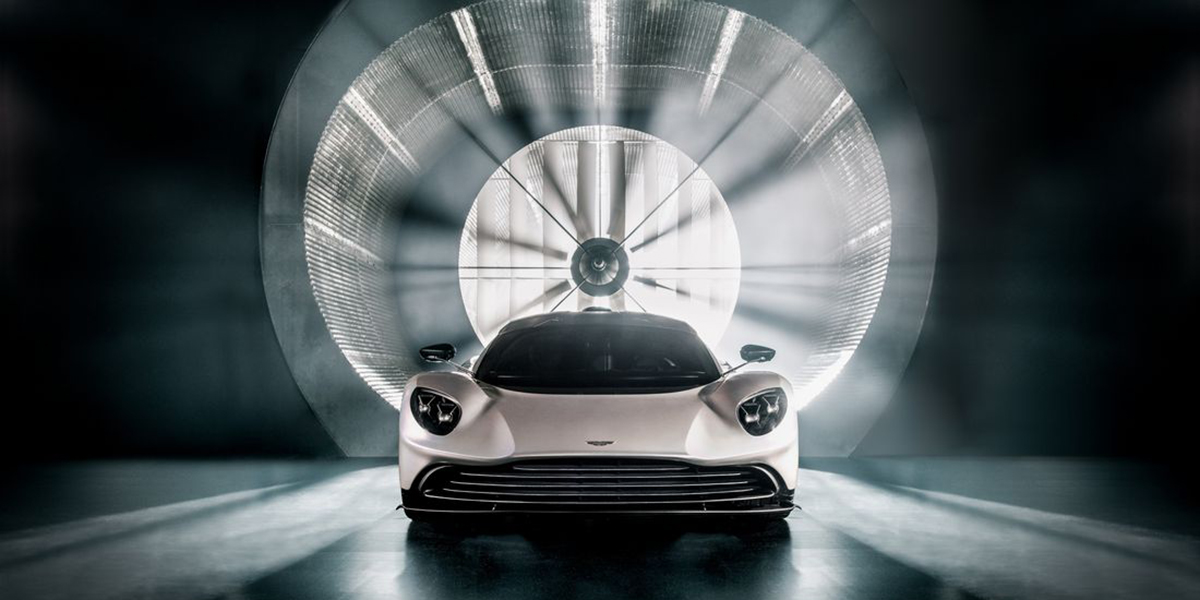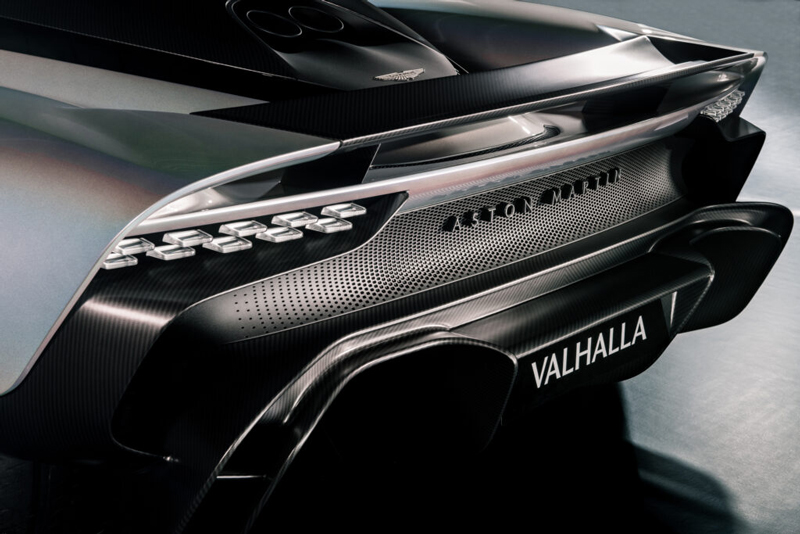Aston Martin will adopt the race-proven methods, experience and technologies used by the Aston Martin Aramco Cognizant Formula One team.
The Aston Martin Valhalla supercar will now incorporate technologies and developments used in Formula 1. Initially, the structure will prioritize maximizing stiffness, reducing weight and improving control with millimeter precision.
The principals will focus on materials, speed and performance in their future car designs and models, starting with the Valhalla.
This supercar marks Aston Martin's transition from traditional petrol engines to hybrid and even fully electric vehicles. The updated Formula 1 Valhalla is a hybrid and comes with a V8 engine. In addition, three electric motors are integrated into this model, transforming it into an ultra-fast hybrid car with more than 1,000 horsepower.
These electric motors are located on the front wheels. The system allows the Valhalla to make tighter turns, maintain grip on angled roads and accelerate faster out of corners.
An essential element to consider in supercars is their downforce, or the force that pushes the car against the road and helps it maintain traction. With the Formula 1 enhanced Aston Martin Valhalla, the supercar adjusts its front and rear to create more or less downforce depending on the driver's driving style and speed.
To design Valhalla's aerodynamics, Aston Martin used advanced computer simulations and wind tunnel tests, similar to those used in Formula 1 racing. They studied how the shape of the car and different configurations affected factors such as handling, top speed and road holding to make Valhalla a high-performance supercar.
The first working prototype will hit the road in late 2023, and Valhalla will go into production in 2024 with a limited run of 999 units.


